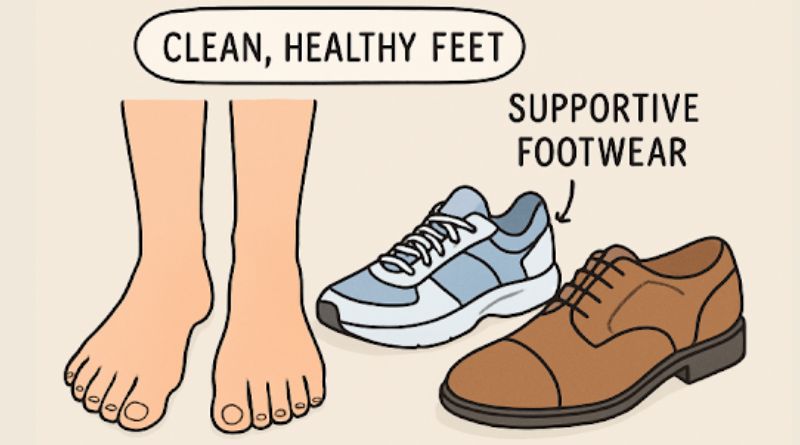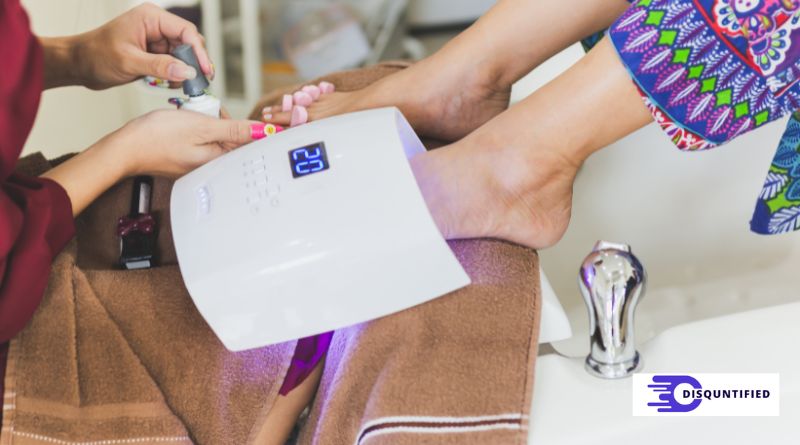Why Foot Health Matters More Than People Realize
Your feet are an essential foundation for mobility, balance, and overall quality of life. Foot health directly impacts your ability to enjoy daily activities, participate in exercise, and maintain your independence, no matter your age. When foot issues arise, they can quickly disrupt more than just your steps—they can affect your posture, joint health, and mood.
Many people ignore minor aches or problems until they escalate into significant conditions. Minor issues, like a mild bunion or occasional heel pain, often hint at deeper biomechanical problems or poor foot habits. Addressing these signs early on, often with the expertise of a Lehigh Valley podiatrist, can help prevent long-term complications and get you back on your feet comfortably.
Foot care is crucial for overall well-being, as studies show foot pain can lead to falls, decreased activity, depression, and social withdrawal. Proactive foot care is not just about comfort; it’s essential for maintaining holistic health. Making foot care a priority can make a lifelong difference, with simple footwear, hygiene, and awareness changes.
Choosing the Right Footwear for Your Lifestyle
The shoes you choose daily are one of the most important decisions you can make for foot health. Look for pairs with proper arch support, a roomy toe box, and cushioning that matches your primary activities. Check that your shoes fit well—there should be about a finger’s width between your longest toe and the end of the shoe, and your feet should feel stable and supported.
Different lifestyles call for various types of shoes. Active individuals may need running or walking shoes with extra shock absorption, while office workers benefit from supportive dress shoes or cushioned insoles. When shopping, try on shoes at the end of the day (when feet are slightly swollen) and walk around to ensure comfort from the start. Avoid high heels for daily wear, as these can cause bunions, hammertoes, and even chronic posture problems.
Wearing shoes not designed for your activity or foot type is a leading cause of problems like blisters, arch pain, and long-term deformities. If you’re unsure what shoe style works best for your feet, consult a footwear specialist or a podiatrist to find your ideal fit and function.

Simple Daily Habits for Healthy Feet
Consistent daily foot care goes a long way in preventing infections and discomfort. Wash your feet every day with mild soap, and dry thoroughly between the toes to minimize the risk of fungal or bacterial infections (like athlete’s foot). Moisturize your heels and soles regularly, but avoid lotion between the toes to prevent excess moisture buildup.
Trim your toenails straight across to avoid ingrown toenails, and use proper nail clippers instead of regular scissors. Inspect your feet regularly for cuts, blisters, swollen areas, or color changes—early detection is key to addressing problems before they worsen.
Managing Foot Pain and Preventing Injury
Never ignore persistent foot pain, swelling, or skin color or temperature changes. These can be early signs of serious concerns, especially for those with diabetes or circulatory issues. Regular stretching and strengthening exercises—like toe flexes, ankle circles, or picking up marbles with your toes—can boost foot muscle support and flexibility.
For minor injuries such as blisters, sprains, or corns, practice basic first aid: clean the area, apply sterile dressings, and rest the foot when possible. If pain persists or worsens, see a healthcare professional for a tailored treatment plan. Harvard Health shares helpful advice on why foot care matters for overall health.
Getting to Know the Most Common Foot Conditions
It is valuable to familiarize yourself with the signs and symptoms of prevalent foot issues. Plantar fasciitis often presents as heel pain, especially in the morning. Bunions can cause bony, painful bumps near the big toe, and athlete’s foot typically leads to itching and peeling skin between the toes. Early recognition empowers you to seek solutions that prevent progression.
Look to trusted sources like the American Podiatric Medical Association for overviews and resources on the most common concerns.
Knowing When to See a Podiatrist
Some foot symptoms are red flags suggesting you should see a professional: persistent pain, numbness, discharge, open wounds, or sudden inability to bear weight. Early intervention from a podiatrist can prevent complications and speed recovery. Expect your initial appointment to include a thorough examination, discussion of your lifestyle, and tailored recommendations or treatments to address your specific needs.
Foot Care Across the Lifespan: Children and Seniors
Children and seniors face unique foot challenges. Kids might need guidance as their arches develop or if you notice signs of flat feet, in-toeing, or a tendency to trip. Seniors often experience thinning skin, decreased circulation, or chronic conditions like diabetes that require extra foot monitoring. Investing in age-appropriate footwear and seeking preventive exams helps at every stage of life.
Support and cushioning, proper nail care, and routine check-ups can minimize foot problems in young and older individuals. Periodically check children’s shoe sizes and ensure seniors can safely inspect and care for their feet.
Staying Active Without Hurting Your Feet
Movement should support—not strain—your feet. Always begin your activity routine with gentle warm-ups and finish with cool-down stretches focused on foot and calf muscles. Adjust your activity intensity gradually and listen to early warning signals such as soreness or fatigue.
Athletes and recreational exercisers alike benefit from rest days, proper footwear, and tailored support, such as orthotics, if recommended. According to the Mayo Clinic’s guide to foot care, supportive habits keep you active without setbacks.
Quick Foot Care Tips for Busy People
Maintaining foot hygiene is crucial during busy times. Keep hand sanitizer or pre-moistened wipes in your bag for on-the-go care. Utilize desk time for toe wiggles or ankle rolls. Use travel-friendly foot rollers or massage balls, and opt for compression socks or breathable shoe insoles for circulation support. Use tools like nail trimmers and pumice stones for safe, straightforward foot care.
Caring for your feet daily is essential to maintaining mobility, balance, and well-being. Simple habits such as wearing supportive footwear, practicing proper hygiene, and addressing minor concerns early can prevent long-term issues. By prioritizing foot health, you ensure comfort and stability that positively impact your quality of life.

